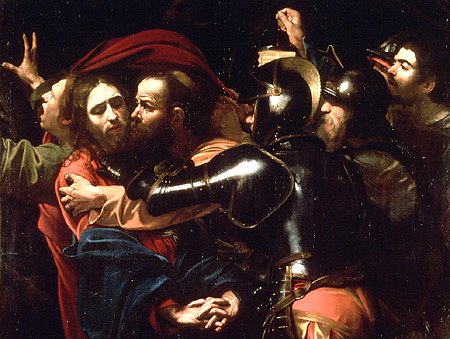"Meticulously staged with models, Hoey's fauxverité photos typically deal with the complex dynamics that come into play when groups of women--most often young women and girls--get together.
...If you spend enough time with her pictures (and it's easy enough not to want to, their meaning is so hermetic), almost all of them feel that way, as though someone's just said, or is about to say, something she will later regret. In a sense, they turn you into a kind of voyeur, but one who's been dropped into an ongoing, ugly psychodrama without benefit of having met the characters or knowing the backstory.
Of course, despite their documentary appearance, they're all fictions, some more obviously than others.
...It is work that speaks in a coded language of gesture, of the direction of someone's gaze, of the pauses and silences between words that inform and reveal secrets about the ways in which women and girls behave and where they fit in the world. It is work that celebrates a kind of competitive female energy that has sometimes been viewed as self-destructive, but which Hoey and others of her ilk want to reclaim as a kind of power."
"Dana Hoey's Blatant Subtlety"
http://i1.exhibit-e.com/petzel/3486694a.pdf
Friedrich Petzel Gallery
http://www.petzel.com/artists/dana-hoey/
http://www.danahoey.com/





















